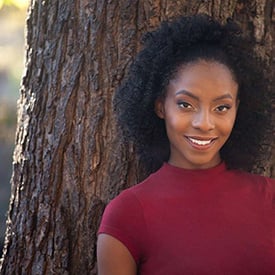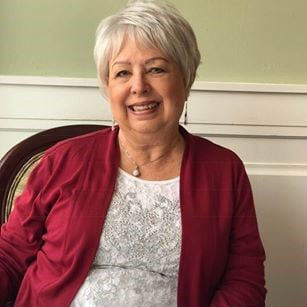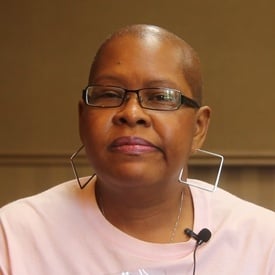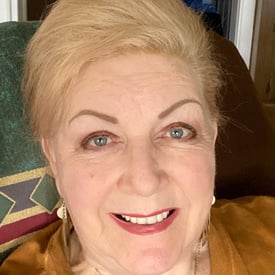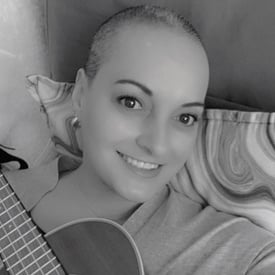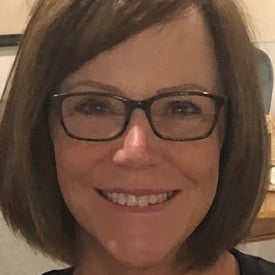Aloma L-CCCA
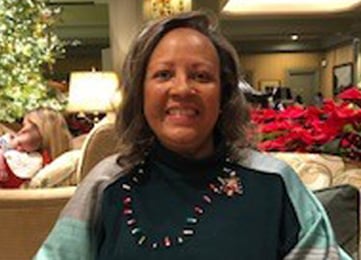
My path from discovery to diagnosis of cicatricial alopecia was long and circuitous
My path from discovery to diagnosis of scarring alopecia was long and circuitous. It began with skin problems; I visited several different dermatologists over a few years. I had diagnoses of rosacea, seborrheic dermatitis and contact dermatitis due to various substances including fragrance and cleaning products. I was prescribed medications and certain shampoos and conditioners were recommended for my scalp. Meanwhile, my husband noticed that I was losing a lot of hair. It would be on the floor in my bathroom; I also noticed it on my office floor. It wasn’t pieces of hair but the entire length of the hair from the root. Still I was more focused on what was happening with my skin as I had constant breakouts or papules like I never had before, white festered bumps some around my scalp but a lot on my face and the texture of my skin was changing especially around my chin. I also noticed that my eyebrows and eyelashes were getting thinner. I suffered with an eye condition, blepharitis; I participated in a study for medication to use on my eyelids. My ophthalmologist offered a medication to help my eyelashes grow however my husband had to use a similar medication for glaucoma and his eye color changed and I didn’t really want my eye color to change so I declined.
As a teen and young woman I remember having a unibrow that I constantly had to tweeze and hair that grew from my eyebrows to my hairline. I had soft and fuzzy hair down my face not like; hair on my arms and my legs was so long and dark in the summer sometimes I would bleach the hair on my arms and then constantly have to shave my legs. It was so long, I could almost braid it. I recall my sister reminding me that it was time to shave. As an older adult, I started losing hair all over my body but still I was worried about my skin so I continued going to the different dermatologists trying to find the right solution for what was happening to my skin.
In the meantime, my hairstylist noticed that my hair was thinning. She thought maybe I wasn’t conditioning it enough, so she tried a different conditioner. Then when my scalp would just tingle or itch, she thought maybe we weren’t putting in the chemical relaxer soon enough to prevent breakage. As an African-American female I get my hair chemically relaxed every six weeks, so we moved that to every five weeks and although my hair was maintained it was apparent it was getting thinner and my scalp was still tingling and itching. Eventually I changed hairstylists, just due to cost mainly. It was the new hairstylist who firmly recommended or strongly recommended that I see a dermatologist about my hair. She was familiar with alopecia and she felt I had it. So I sought a couple of dermatologists and one referred me to Dr. Nichole Rogers who did a scalp biopsy. She was pretty certain that I had frontal fibrosing alopecia and she started some treatments and medication which has helped me to maintain my hair although I do continue to lose some more on the right side than the left. I had just missed the big SAF meeting in New Orleans when I was diagnosed but I met a wonderful group of ladies at our local SAF who embraced me. We’ve had some informative and fun meetings including a fun session at Talbots in which we purchased items and a percentage was donated to SAF. We’ve also had fun make up sessions with the MAC make-up artists. I was out of town for our wig specialist meeting but I look forward to when we can all be together again and share our journeys and our solutions, our challenges and our opportunities.

